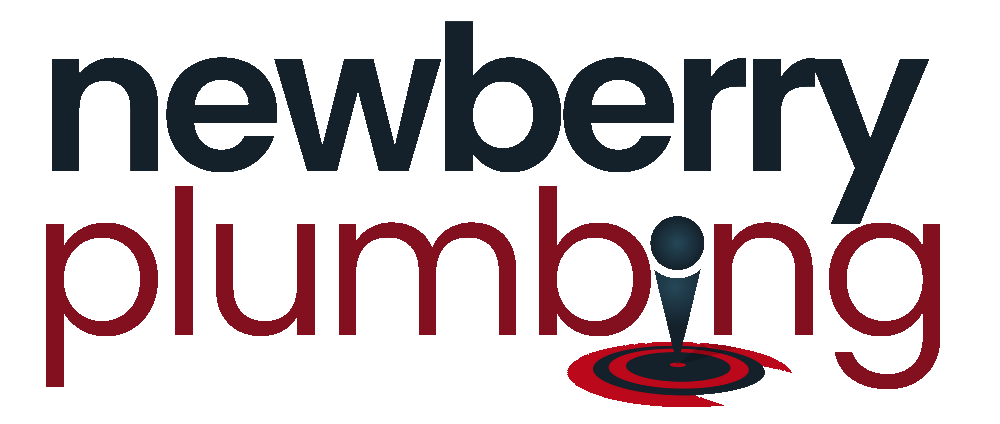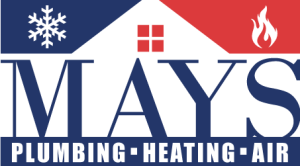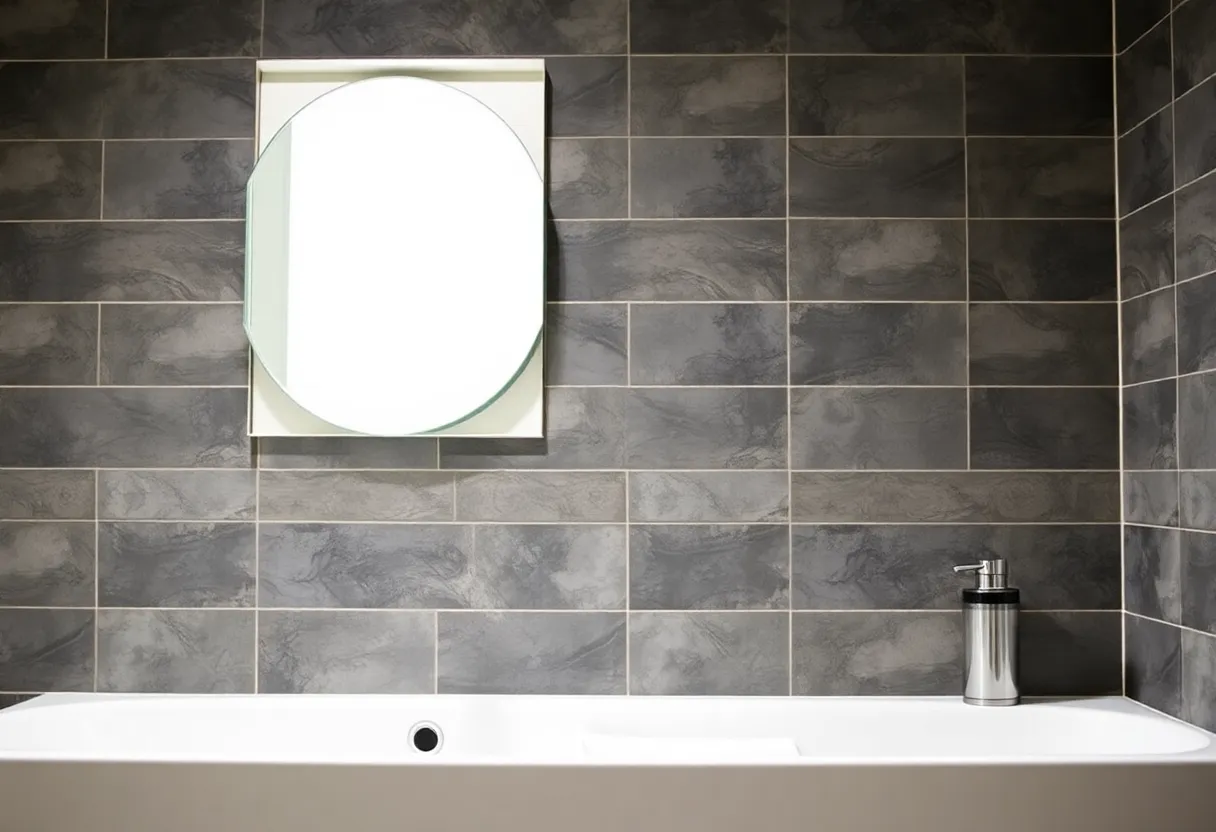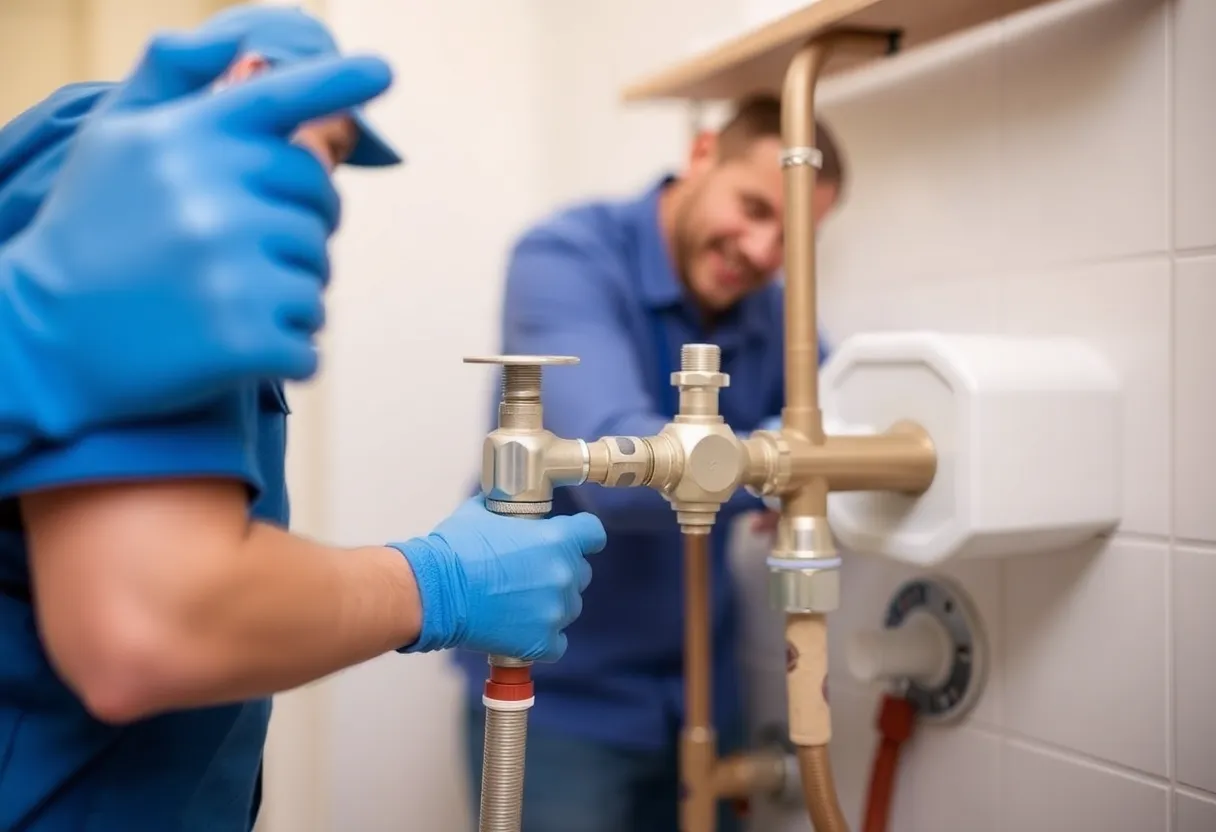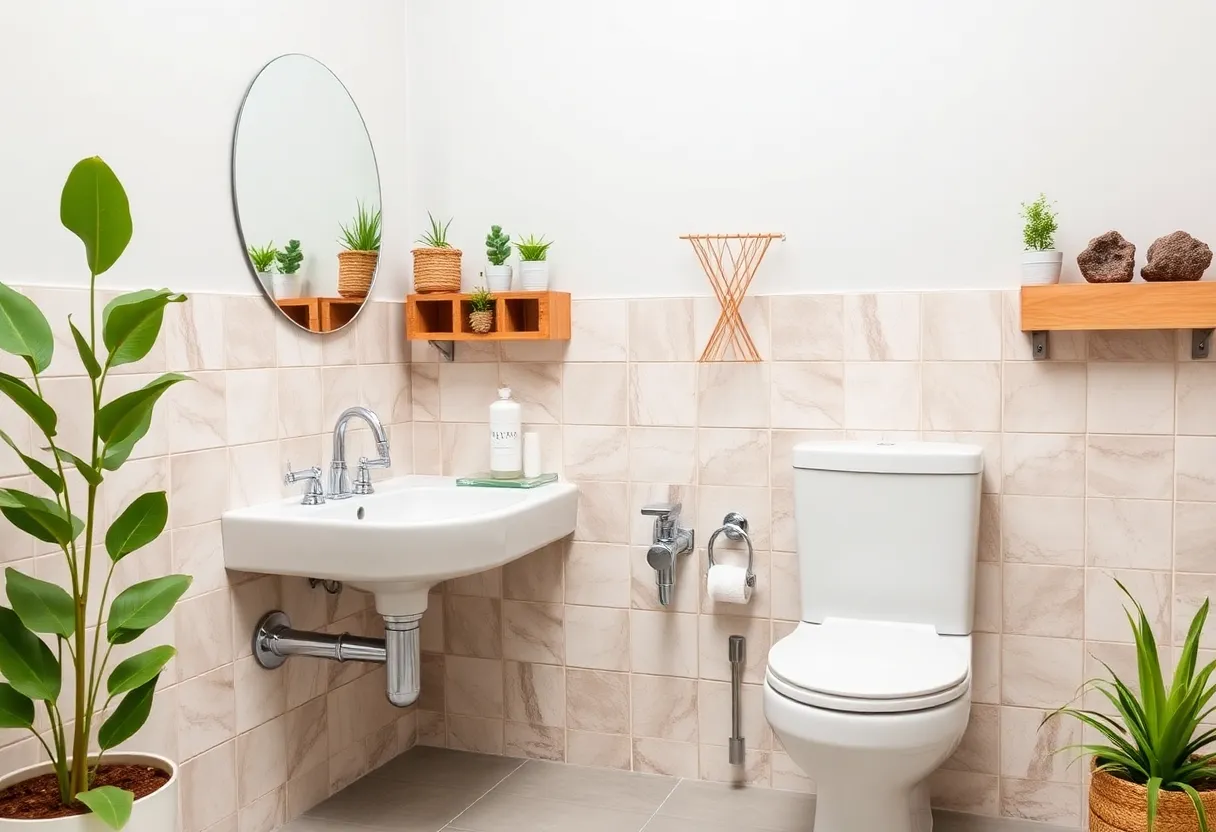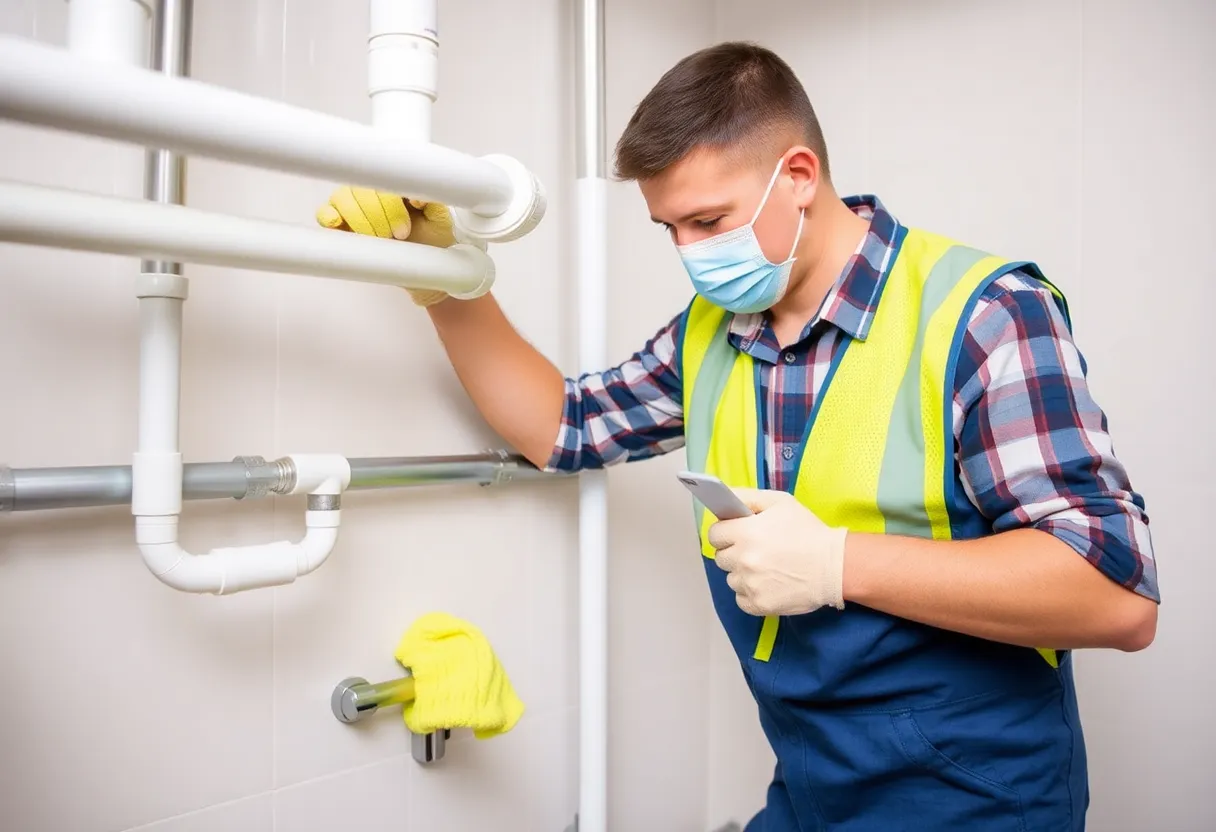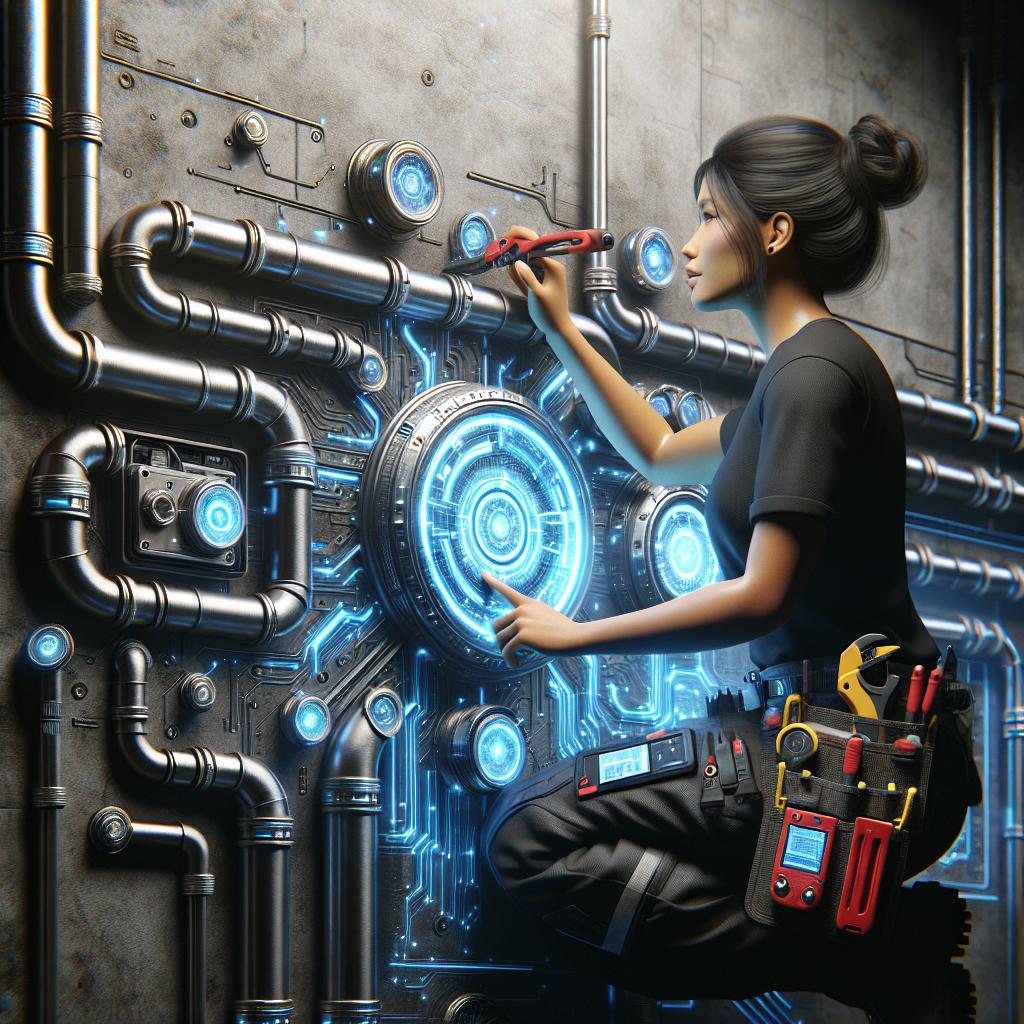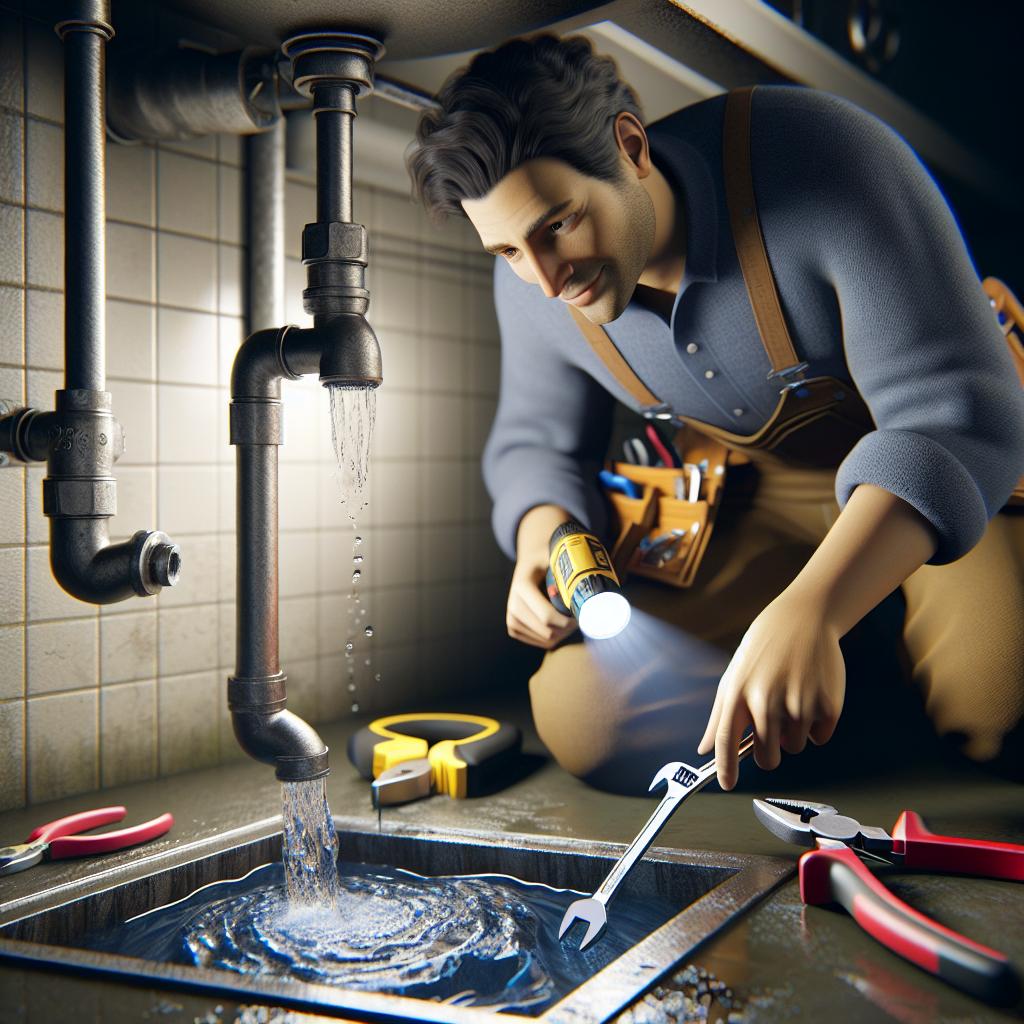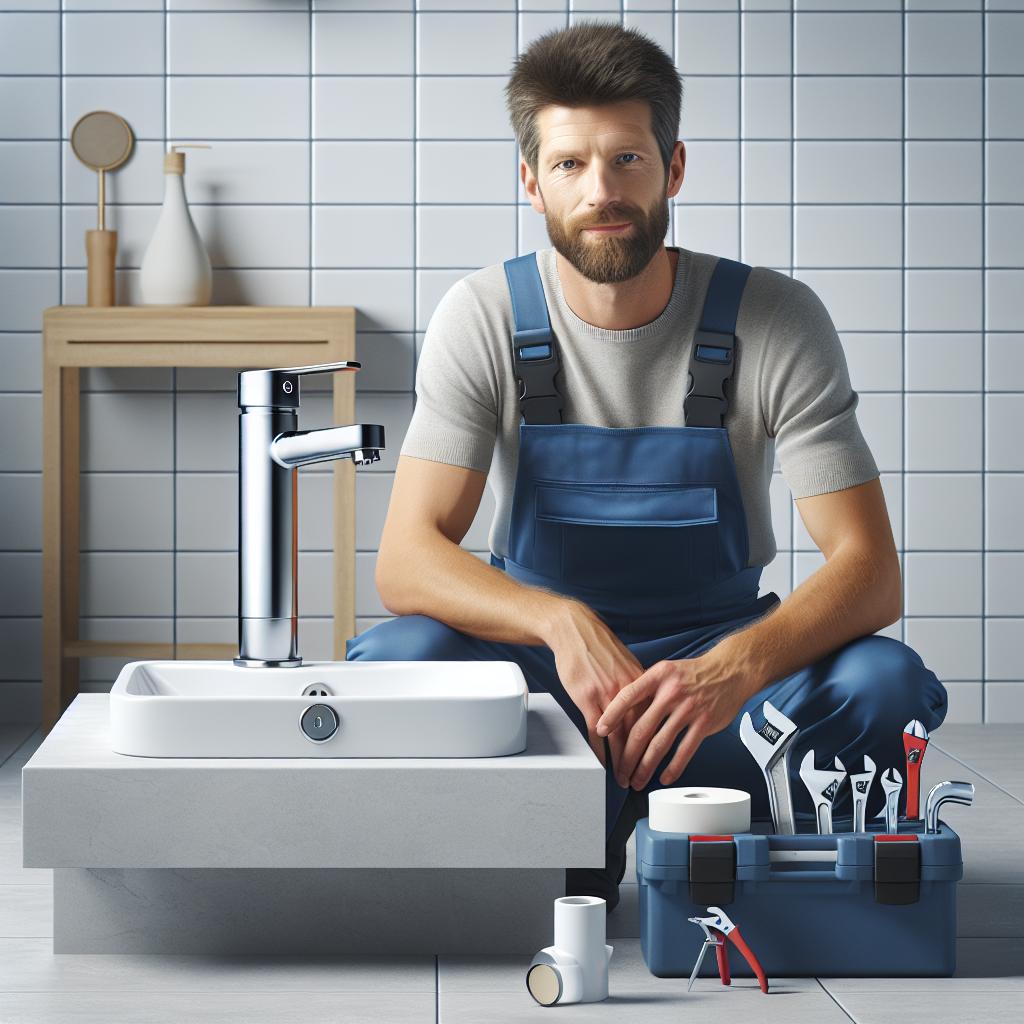The Plumbing Revolution: 7 Emerging Technologies You Didn’t Know Could Save You a Fortune
The plumbing industry is experiencing a remarkable transformation as emerging technologies take center stage, offering solutions that promise to enhance efficiency, reduce costs, and improve overall outcomes. Whether you are a homeowner, a property manager, or a plumbing professional, understanding these advancements can help you _save a fortune_ while ensuring your plumbing systems are operating at their best. Let’s explore seven exciting technologies that are revolutionizing the plumbing landscape.
1. Smart Water Meters
One of the most significant developments in plumbing technology is the introduction of _smart water meters_. Unlike traditional meters, these devices provide real-time data on water usage directly to homeowners and utility companies. Here’s how they can help you save:
Cost Savings
By accessing real-time usage data, homeowners can identify leaks and unusual spikes in usage before they lead to hefty bills. This proactive approach can help _detect and fix leaks_ early on, avoiding costly repairs and water wastage.
Usage Trends
Smart meters also provide insights into consumption patterns. This means homeowners can adjust their usage accordingly, implementing water-saving habits that reduce monthly bills.
Environmental Impact
As water conservation becomes increasingly important, smart meters support the broader goal of sustainability by providing data that can lead to reduced water usage and decreased demand on local resources.
2. Pipe Inspection Drones
Traditional methods of inspecting pipes can be labor-intensive and costly, often requiring excavation to assess the condition of underground plumbing systems. Enter _pipe inspection drones_, a modern solution allowing for comprehensive inspections without the mess.
How Drones Work
Equipped with cameras and sensors, these drones can travel through pipelines, providing real-time high-definition footage and data collection. This technology eliminates the need for disruptively digging, allowing for quicker assessments of potential issues.
Cost-Efficiency
By reducing the time and labor associated with traditional inspections, drones help cut down overall costs for both commercial and residential properties. Detecting problems early via drone inspections can also prevent significant damage and expenses.
3. Trenchless Technology
Trenchless technology is a game changer in the plumbing industry, particularly for pipeline repairs and replacements. This innovative approach minimizes surface disruption and is generally less expensive than traditional methods.
Benefits of Trenchless Technology
- Reduced Labor Costs: With less digging involved, labor costs are significantly decreased, meaning more savings for homeowners.
- Less Environmental Disruption: Minimized excavation is better for surrounding landscapes, parks, and private properties, protecting those valuable environments.
- Faster Repairs: Trenchless repairs can often be completed within a day, allowing normal activities to resume quickly.
Methods of Trenchless Technology
Various methods such as horizontal directional drilling and pipe burst lining enable plumbers to efficiently maintain or replace existing pipes. Homeowners may benefit from long-lasting solutions without the headache of extensive yard work.
4. Automated Plumbing Systems
The advent of _automated plumbing systems_ has begun to change how homeowners and businesses manage their plumbing. These systems can control water flow, monitor leaks, and even adjust water temperature through smart technology.
Remote Monitoring
Automated systems allow homeowners to remotely monitor their plumbing through apps on their smartphones. If a _leak is detected_, the system can alert the owner immediately, ensuring prompt action can be taken.
Energy Savings
By automatically managing water temperature and flow, these systems can contribute to _energy savings_ as well, ultimately lowering utility bills.
5. Water Softening Technologies
Hard water has long presented challenges for homeowners, from unsightly limescale build-up to damaging plumbing fixtures and appliances. New advancements in _water softening technologies_ can alleviate these problems effectively.
Salt-Free Water Softeners
Techniques such as salt-free water conditioning have emerged in recent years, offering a healthier option that doesn’t produce sodium waste. This form of treatment not only protects plumbing systems from hard water damage but also benefits the environment.
Cost Benefits
Softened water translates to less wear and tear on pipes and appliances, ultimately extending their lifespan and minimizing replacement costs. Additionally, consumers may notice lower detergent use in cleaning tasks due to the effectiveness of softened water, leading to further savings.
6. Eco-Friendly Plumbing Fixtures
With the increasing awareness of environmental impacts, opting for _eco-friendly plumbing fixtures_ is becoming essential for homeowners looking to cut costs and conserve resources.
Low-Flow Toilets and Faucets
These fixtures are designed to use significantly less water than standard options, effectively reducing water bills. Modern low-flow toilets are more efficient and user-friendly than ever, making them an attractive choice for the environmentally conscious homeowner.
Smart Showers
Some smart shower systems allow homeowners to set the exact water temperature and flow rate while providing usage data. This can encourage more mindful showering habits and translate to tangible savings on water bills.
7. 3D Printing in Plumbing
Innovations like _3D printing_ have begun to make their way into the plumbing industry, offering a new way to create customized parts and fixtures efficiently.
Rapid Prototyping
3D printing allows plumbers to create prototypes of components quickly, making it easier to test functionality before mass production. This not only opens doors for innovation but can lead to _significant cost reductions_ during repairs and upgrades.
Customized Solutions
With 3D printing, it’s now possible to design and produce unique plumbing parts that fit specific needs. This capability reduces waste and eliminates the need for incompatible parts, ultimately saving money on both repairs and replacements.
Conclusion
The plumbing industry is rapidly evolving, with new technologies making it easier than ever for homeowners and professionals to manage their plumbing systems efficiently. By embracing these advancements, you can not only _save a fortune_ but also contribute to a more sustainable and environmentally conscious future.
From smart water meters to eco-friendly fixtures, the intelligent integration of technology in plumbing is a win-win situation. Understanding and implementing these innovations can enhance your quality of life while ensuring your finances remain healthy.
As you navigate the world of plumbing, keep these technologies in mind and consider how they might benefit you. Take charge of your plumbing systems and start your journey towards cost savings and efficiency today!
